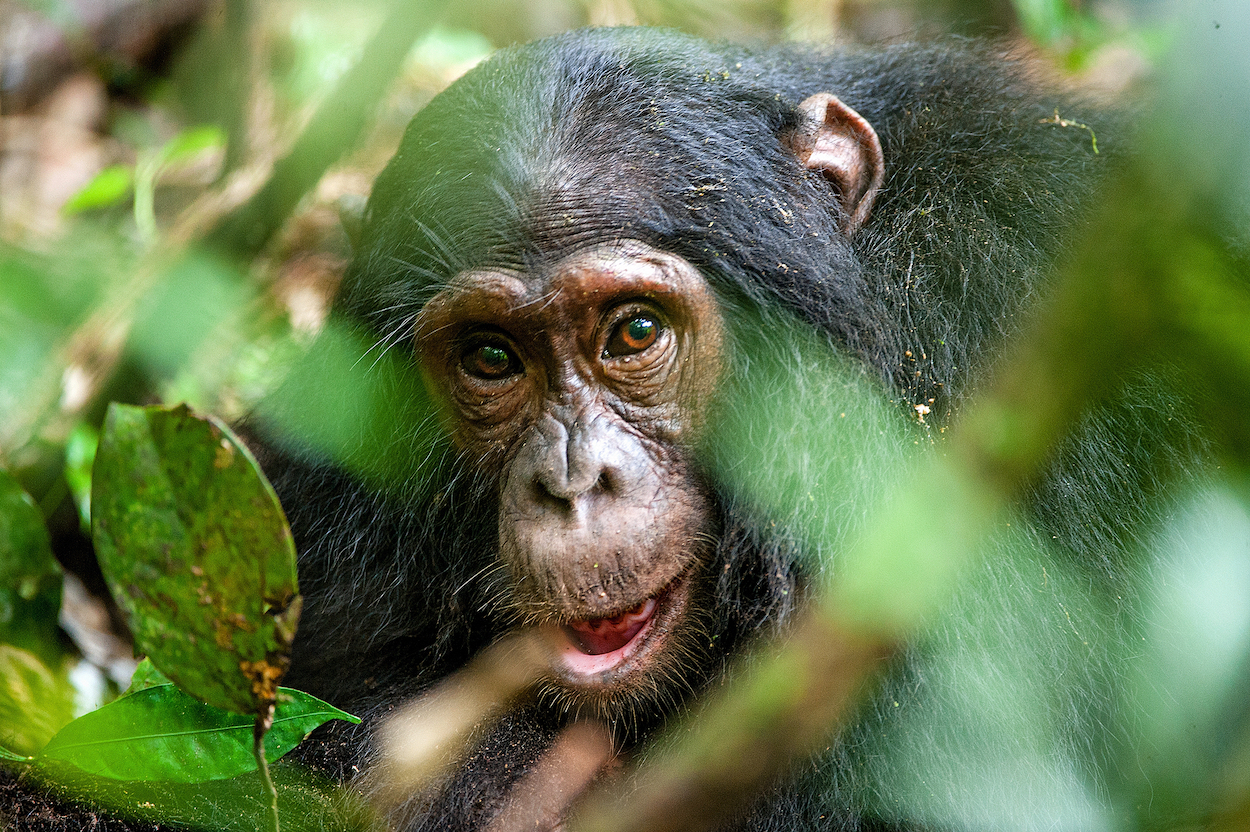
New AI software can recognize and track chimpanzees in the wild
New AI software can recognize and track chimpanzees in the wild. Using more than 10 million images from Kyoto University’s Primate Research Institute (PRI), scientists at the University of Oxford have just developed new artificial intelligence software that can recognize and track the faces of chimpanzees in the wild.
These images from a video archive of wild chimpanzees in Guinea, West Africa were used to develop what is now the first software to continuously track and recognize individuals in a wide range of poses. The AI is even able to do this in difficult conditions such as low lighting, poor image quality, and motion blur.
“For species like chimpanzees, which have complex social lives and live for many years, getting snapshots of their behavior from short-term field research can only tell us so much,” explains Dan Schofield, a researcher and DPhil student at Oxford University’s Primate Models Lab, School of Anthropology. “By harnessing the power of machine learning to unlock large video archives, it makes it feasible to measure behavior over the long term, for example observing how the social interactions of a group change over several generations.”
This new software will help wildlife conservationists save time and resources currently spent analyzing video footage.
“Our method differs from previous primate face recognition software in that it can be applied to raw video footage with limited manual intervention or pre-processing, saving hours of time and resources,” says Arsha Nagrani, co-author of the study and DPhil student at the Department of Engineering Science, University of Oxford.
Detailed in a paper published in Science Advances, this new technology – while it focuses on chimpanzees – can potentially be applied to monitoring other species as well.
“All our software is available open-source for the research community,” says Nagrani. “We hope that this will help researchers across other parts of the world apply the same cutting-edge techniques to their unique animal data sets.”
As climate change and human interference threaten many species around the world, technology-driven conservation is a much-needed development in the fight to save these ecosystems.
“With an increasing biodiversity crisis and many of the world’s ecosystems under threat, the ability to closely monitor different species and populations using automated systems will be crucial for conservation efforts, as well as animal behavior research,” says Schofield. “Interdisciplinary collaborations like this have huge potential to make an impact, by finding novel solutions for old problems, and asking biological questions which were previously not feasible on a large scale.”
—
By Connor Ertz, Earth.com Staff Writer
Image Credit: Shutterstock/Sergey Uryadnikov













